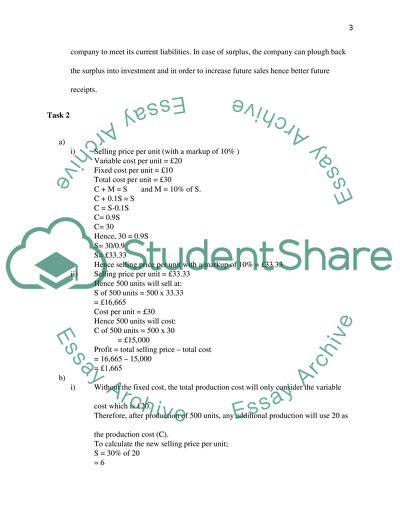Cite this document
(“Financial Decision Making Essay Example | Topics and Well Written Essays - 3250 words”, n.d.)
Financial Decision Making Essay Example | Topics and Well Written Essays - 3250 words. Retrieved from https://studentshare.org/finance-accounting/1631182-managing-financial-resources-and-development
Financial Decision Making Essay Example | Topics and Well Written Essays - 3250 words. Retrieved from https://studentshare.org/finance-accounting/1631182-managing-financial-resources-and-development
(Financial Decision Making Essay Example | Topics and Well Written Essays - 3250 Words)
Financial Decision Making Essay Example | Topics and Well Written Essays - 3250 Words. https://studentshare.org/finance-accounting/1631182-managing-financial-resources-and-development.
Financial Decision Making Essay Example | Topics and Well Written Essays - 3250 Words. https://studentshare.org/finance-accounting/1631182-managing-financial-resources-and-development.
“Financial Decision Making Essay Example | Topics and Well Written Essays - 3250 Words”, n.d. https://studentshare.org/finance-accounting/1631182-managing-financial-resources-and-development.


